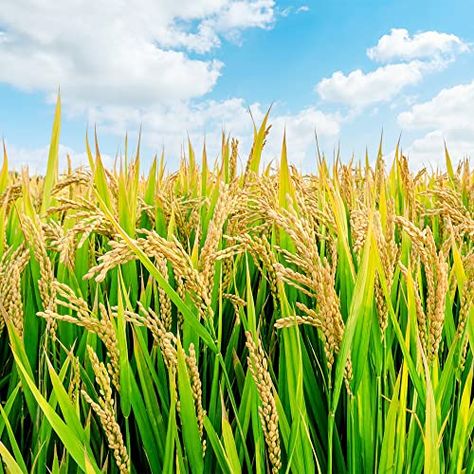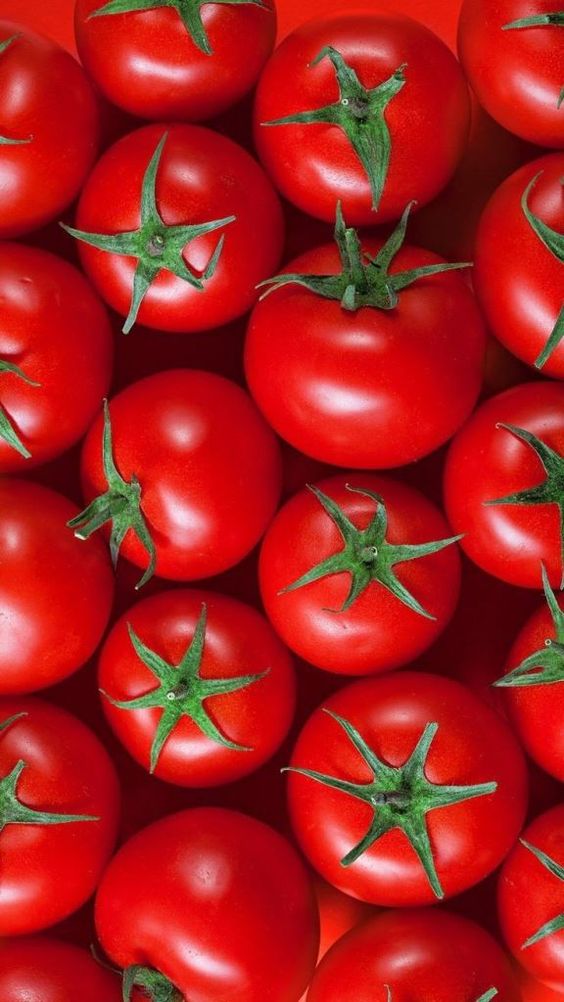Optimizing Yields with Precision: Utilizing Rice Planting Patterns in Smart Agriculture
Rice Planting Patterns, a staple food for billions across the globe, faces increasing challenges due to climate change, resource scarcity, and growing populations. Smart agriculture offers a suite of technologies and practices to address these concerns, and optimizing rice planting patterns is a crucial element within this framework. This article explores how smart agriculture empowers rice farmers to leverage precise planting patterns for enhanced yields, resource use efficiency, and overall farm productivity.
Contents
The Importance of Rice Planting Patterns
Traditionally, rice planting has relied on historical practices and farmer intuition. However, implementing well-defined planting patterns based on data-driven insights unlocks numerous benefits. Here’s why rice planting patterns are crucial:
- Optimizing Stand Establishment: Precise planting patterns ensure uniform seed distribution, leading to even seedling emergence and a healthy stand. This translates to better competition against weeds, improved light interception, and ultimately, higher yields.
- Water Management Efficiency: Water is a vital resource for rice cultivation. Specific planting patterns can influence water flow and distribution within the field. Optimized patterns promote efficient water use, minimizing wastage and maximizing crop benefit.
- Nutrient Delivery: Similar to water, proper planting patterns can influence nutrient distribution in the soil. Targeted placement of seeds allows for more efficient uptake of nutrients applied as fertilizers, reducing waste and environmental impact.
- Pest and Disease Control: Dense, uneven stands can create microclimates that favor pests and diseases. Strategic planting patterns promote air circulation within the field, reducing these risks and fostering a healthier crop.
- Mechanization Integration: Modern agriculture heavily relies on machinery for efficient planting and harvesting. Specific planting patterns are crucial for seamless integration of such machinery, minimizing labor costs and time investment.
Smart Agriculture Tools for Precision Planting Patterns
Rice Planting Patterns Smart agriculture equips farmers with a range of tools to design and implement precise rice planting patterns. These tools include:
- Geographic Information Systems (GIS): GIS software allows farmers to create detailed field maps, incorporating data on soil conditions, topography, and historical yield patterns. This data facilitates the creation of planting patterns tailored to specific field variations.
- Remote Sensing Technology: Drones and satellites equipped with multispectral sensors can capture high-resolution aerial imagery of rice fields. By analyzing this data, farmers can identify potential problems like soil deficiencies or pest infestations, and adjust planting patterns to address these issues.
- Yield Monitors: Modern farm machinery often comes equipped with yield monitors. Data collected during harvest from previous planting seasons can be analyzed to identify areas within the field that historically under-perform. This information can then be used to adjust planting patterns and optimize yield across the entire field.
- Precision Seeding Equipment: Modern seeders are equipped with features like variable-rate technology, which allows for tailored seed distribution based on pre-programmed planting patterns. This ensures precise seed placement, optimizing stand establishment and resource utilization.
- Weather Monitoring Systems: Real-time weather data is crucial for smart planting practices. By integrating weather data with soil moisture sensors, farmers can time planting activities to coincide with optimal conditions, maximizing germination rates and seedling survival.
Implementing Precision Planting Patterns
Rice Planting Patterns,The successful implementation of precision planting patterns in rice cultivation requires a multi-pronged approach:
- Data Collection and Analysis: The foundation lies in gathering comprehensive data about the field. Soil analysis, historical yield data, and weather patterns all play a role in optimizing planting patterns.
- Planning and Design: Utilizing GIS software and gathered data, farmers can design planting patterns tailored to their specific field conditions and desired outcomes. This may involve adjusting spacing between rows and plants, or incorporating variable seeding rates depending on soil quality.
- Technology Integration: Smart agriculture tools like precision seeders and yield monitors facilitate the implementation of the designed planting patterns. Integrating these technologies allows for efficient planting and data collection during harvest for future optimization.
- Continuous Improvement: Smart agriculture emphasizes an iterative process. By analyzing data from harvests conducted based on the implemented planting patterns, farmers can continuously refine and improve their strategies for future seasons.
Overcoming Challenges
Rice Planting Patterns,While the benefits of precision planting patterns in rice cultivation are substantial, some challenges need to be addressed:
- Cost of Technology: The adoption of smart agriculture technologies can be cost-prohibitive for some farmers, particularly in developing nations. Government support programs and collaborative initiatives can play a crucial role in making these technologies more accessible.
- Data Literacy: Utilizing data effectively requires a certain level of digital literacy. Training programs and workshops are essential to empower farmers with the necessary skills to interpret data and utilize it for informed decision-making.
- Infrastructure Limitations: Remote areas may lack the necessary infrastructure for seamless integration of certain smart agriculture tools like robust internet connectivity for data transmission. Collaborative efforts can address these limitations by investing in infrastructure development in rural areas.
Conclusion: The Future of Rice Production is Smart
Smart Rice Planting Patterns offer a powerful approach to address the challenges of the modern agricultural landscape. By leveraging technology and data analysis, farmers can optimize their rice production, maximize yields, and ensure long-term sustainability. As technology continues to evolve, we can expect further integration of artificial intelligence and machine learning, leading to even more sophisticated planting patterns that further enhance efficiency and productivity in rice production




